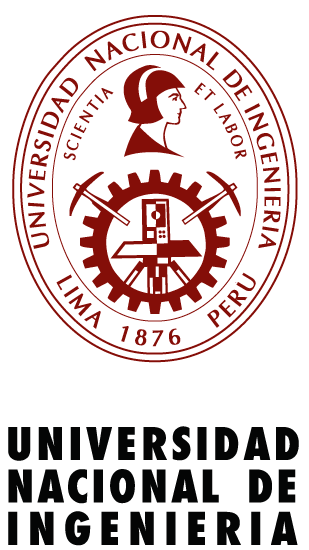Por favor, use este identificador para citar o enlazar este ítem:
http://hdl.handle.net/20.500.14076/17383| Título : | Optimización en cuanto a la paraelización de la transformada de Radon Inversa |
| Autor : | Flores, L. A. Vidal Gimeno, V. Mayo Nogueira, P. Rodenas Escriba, F. Verdú, G. |
| Palabras clave : | Tomografía axial computarizada;Transformada de Radon;Reconstrucción paralela |
| Fecha de publicación : | dic-2011 |
| Editorial : | Universidad Nacional de Ingeniería |
| Citación : | Flores, L.; Vidal Gimeno, V.; Mayo Nogueira, P.; Rodenas Escriba, F. & Verdú, G. (2011). Optimización en cuanto a la paraelización de la transformada de Radon Inversa. REVCIUNI, 14(2). |
| Citación : | Volumen;14 Número;2 |
| Resumen : | En los escánners clínicos el proceso de reconstrucción de imagen se basa en algoritmos analíticos entre los cuales, el algoritmo de retroproyección filtrada "filtered backprojection" es el más conocido. Este algoritmo se usa para implementar la transformada de Radon inversa que es una herramienta matemática cuya utilización principal en Ingeniería Biomédica es la reconstrucción de imágenes de TAC (Tomografía Axial Computarizada). La transformada de Radon es un conjunto de proyecciones tomadas bajo diferentes ángulos que contienen información sobre el objeto (imagen) escaneado y la inversa de la transformada, representa la imagen de dicho objeto. Desde el comienzo del desarrollo de escánners ha sido importante reducir el tiempo de escaneo, mejorar la calidad de imagen y reducir el tiempo de reconstrucción. La tecnología de hoy ofrece potentes ordenadores con varios procesadores y núcleos que posibilitan reducir el tiempo invertido en la reconstrucción de imágenes. En este trabajo se analiza el algoritmo de reconstrucción de imagen mediante proyecciones paralelas, basado en la transformada de Radon inversa con el objetivo de optimizar su cálculo aprovechando al máximo los recursos de sistemas. Aunque los escánners TAC que están en uso hoy adquieren las proyecciones en geometría fan-beam,, en muchas situaciones es preferible reducir dichas proyecciones al algoritmo de retroproyección filtrada basado en proyecciones paralelas que se destaca por su simplicidad y robustez. Esto permite extender los resultados a variedad de situaciones. In clínical scanners, the reconstruction process is based on analytical algorithms. Among them, filtered back projection algorithm (FBP) is the most famous. This algorithm implements the inverse Radon transform which is a mathematical too! used in Biomedical engineering for reconstruction of computer tomography images (TC). The Radon transform is a set of parallel projections taken under different angles and contains the information upon the scanned object (image). The inverse of the transform represents the internal structure of the original object. From the· very beginning of the, scanners appearance, it was important to reduce the time of scanning, improve the quality of the image and to reduce the time of the reconstruction. Today computers are equipped with multi processors and many core processors that allow reducing the time of reconstruction. In this work, we analyze the parallel implementation of the reconstruction algorithm based on the inverse Radon transform with the aim to optimize the usage of the system resources. Although in modern scanners fan-bean projections are used for the reconstruction, in many situations it is preferable to convert fan-beam projections to parallel and take advantage of the Radon transform for the reconstruction due to its simplicity and robustness. This allows extending results to variety of applications . |
| URI : | http://hdl.handle.net/20.500.14076/17383 |
| ISSN : | 1813 – 3894 |
| Correo electrónico : | liuflo@posgrado.upv.es vvidal@upv.es pmayo@tit<niast.com frodenas@mat.upv.es gverdu@iqn.upv.es |
| Derechos: | info:eu-repo/semantics/restrictedAccess |
| Aparece en las colecciones: | Vol. 14 Núm. 2 (2011) |
Ficheros en este ítem:
| Fichero | Descripción | Tamaño | Formato | |
|---|---|---|---|---|
| REVCIUNI_Vol14-n2-Art.8.pdf | 408,35 kB | Adobe PDF | Acceso Restringido |
Este ítem está sujeto a una licencia Creative Commons Licencia Creative Commons

Indexado por:



